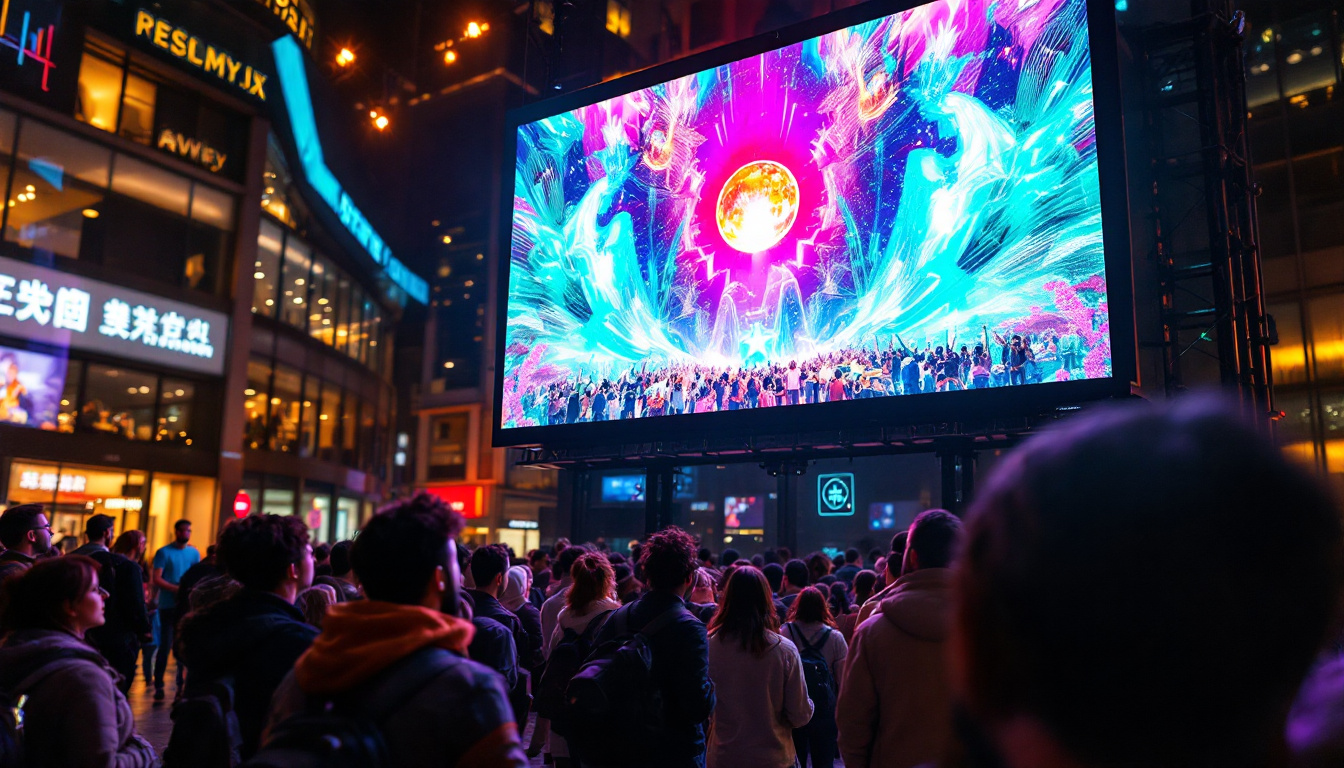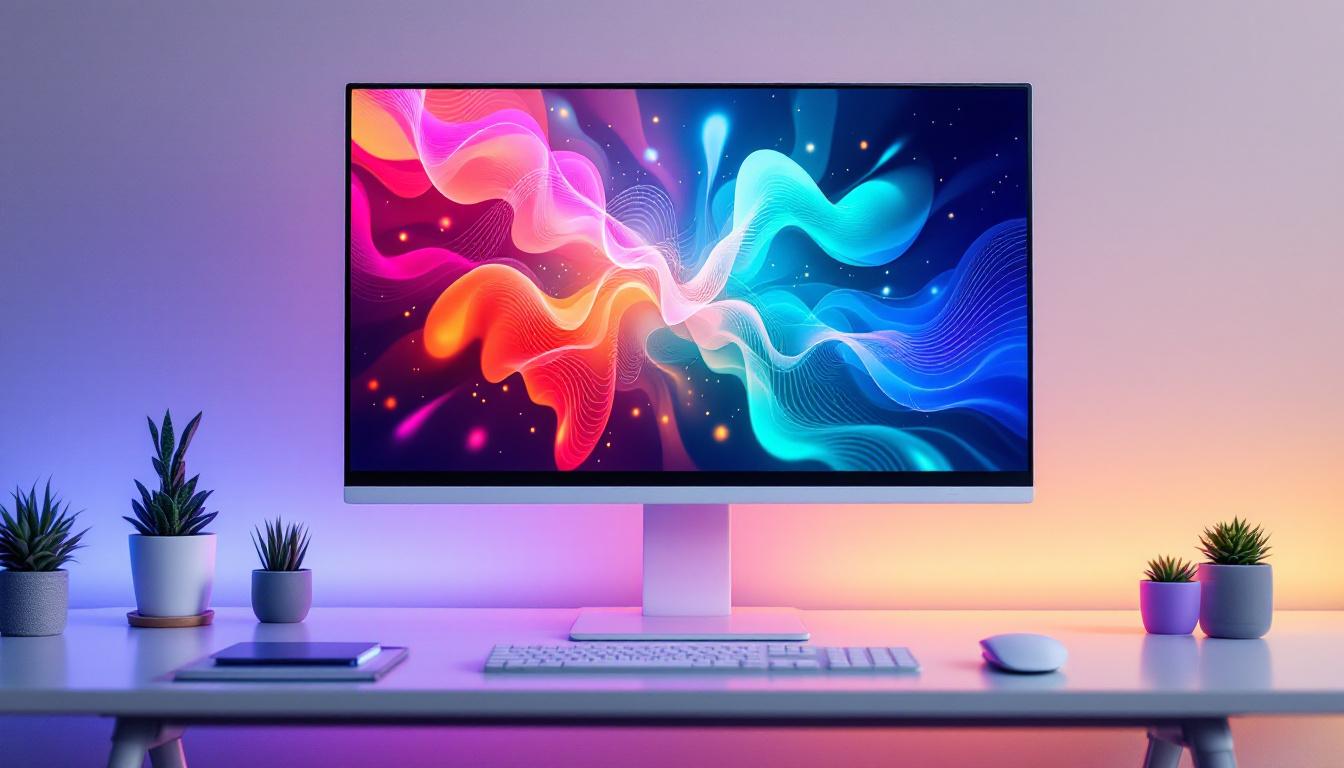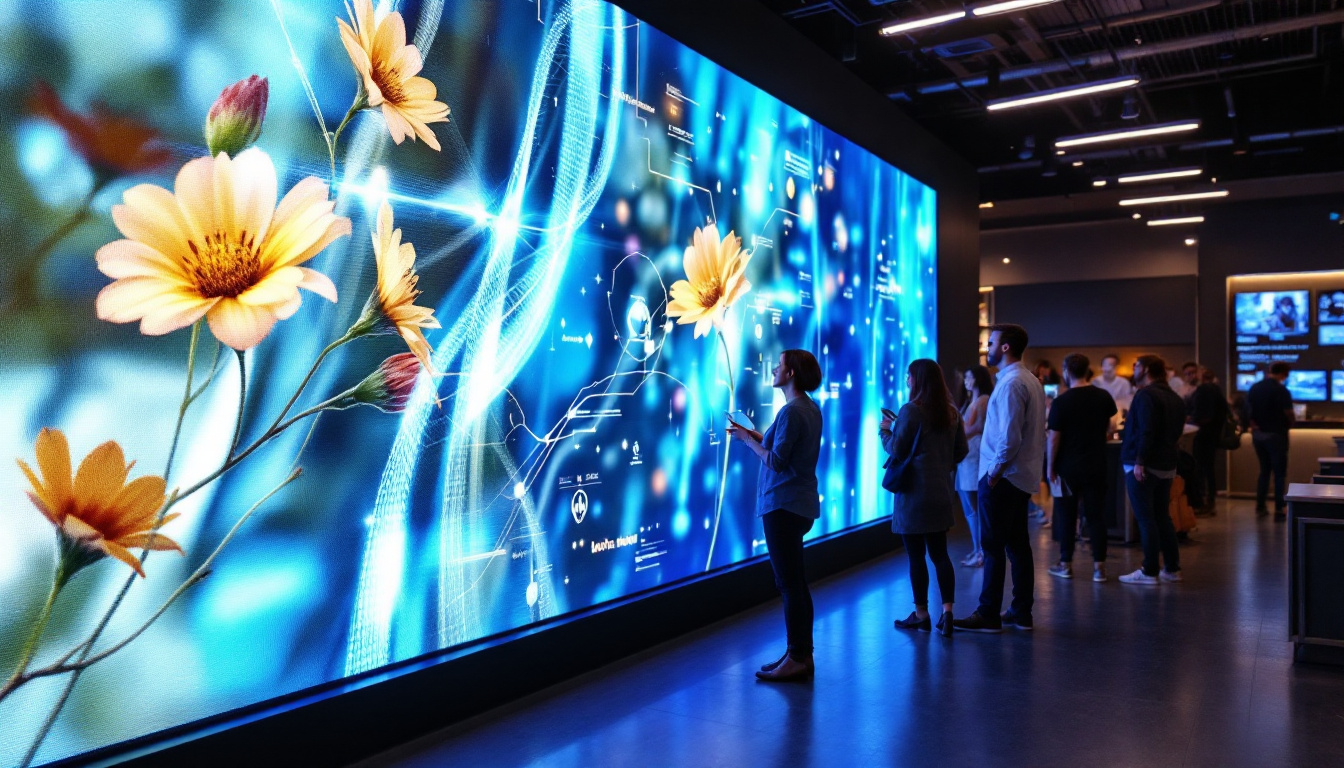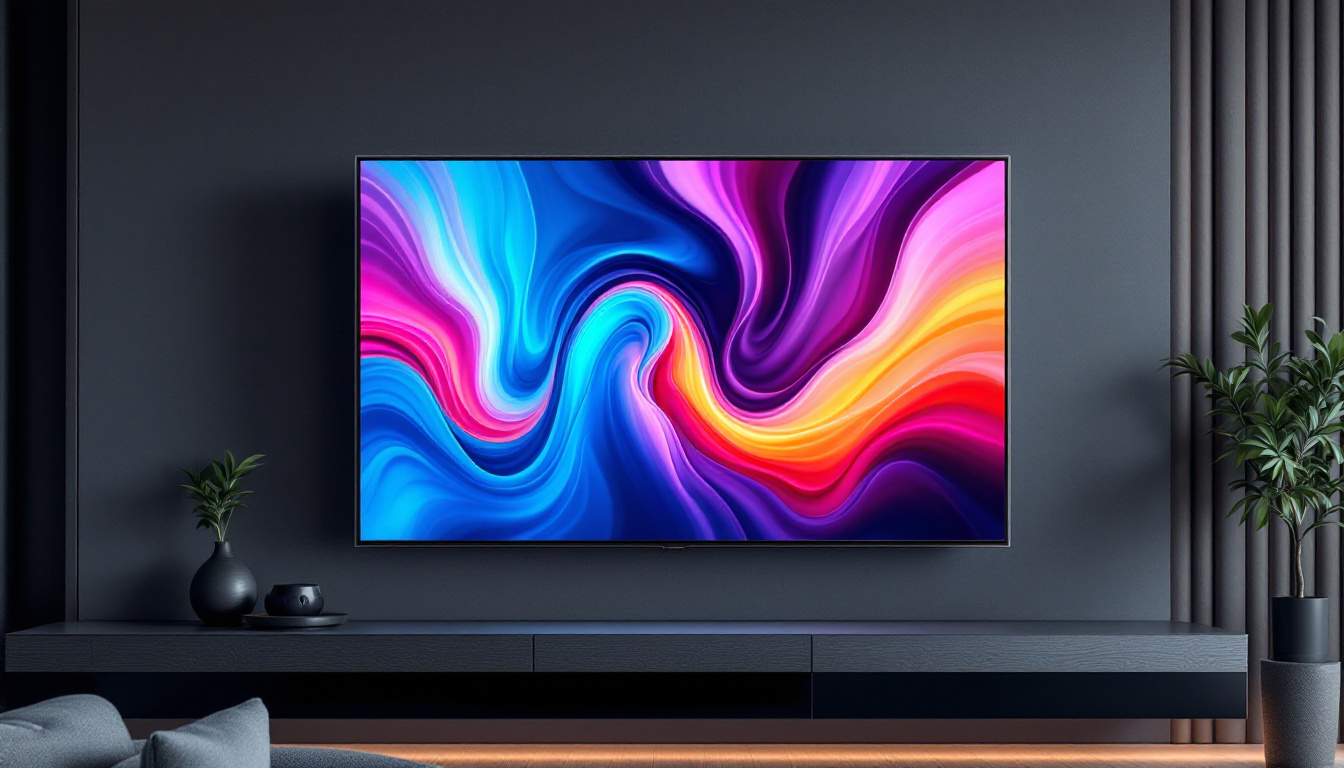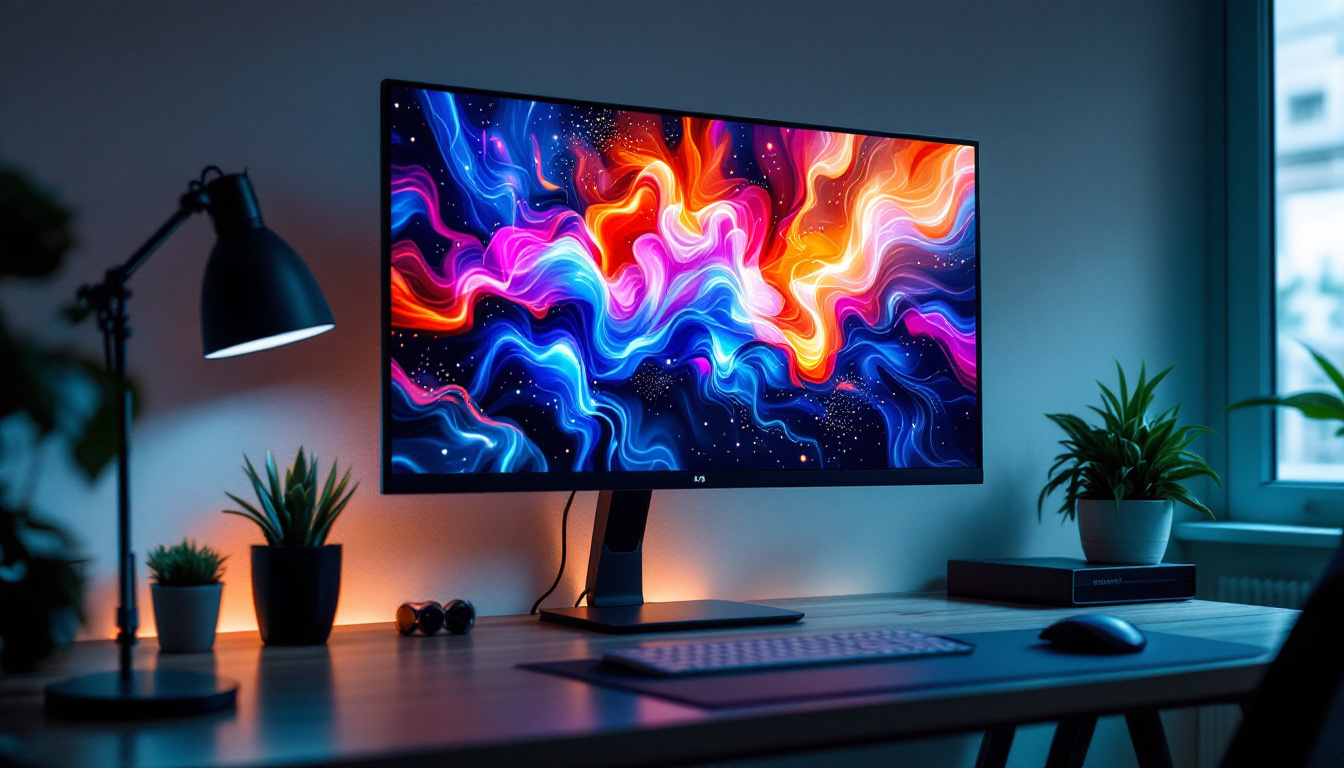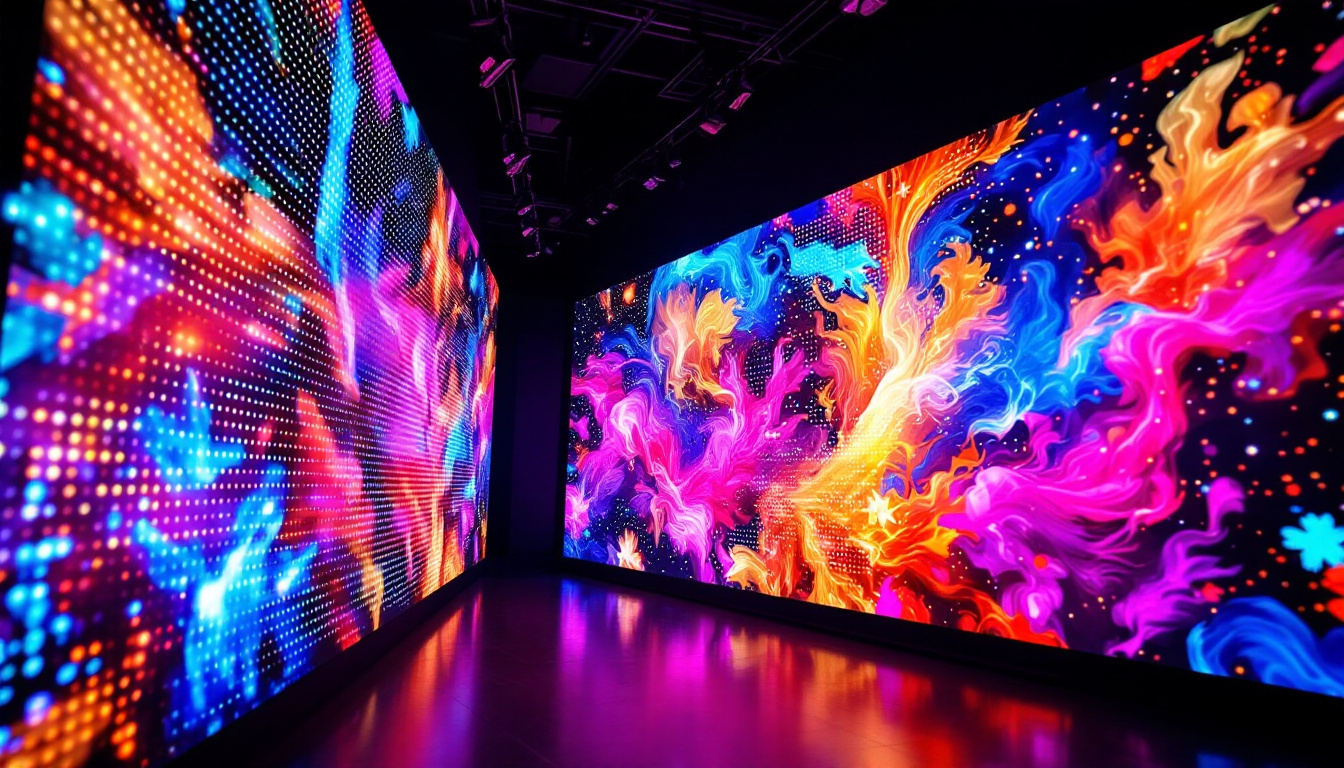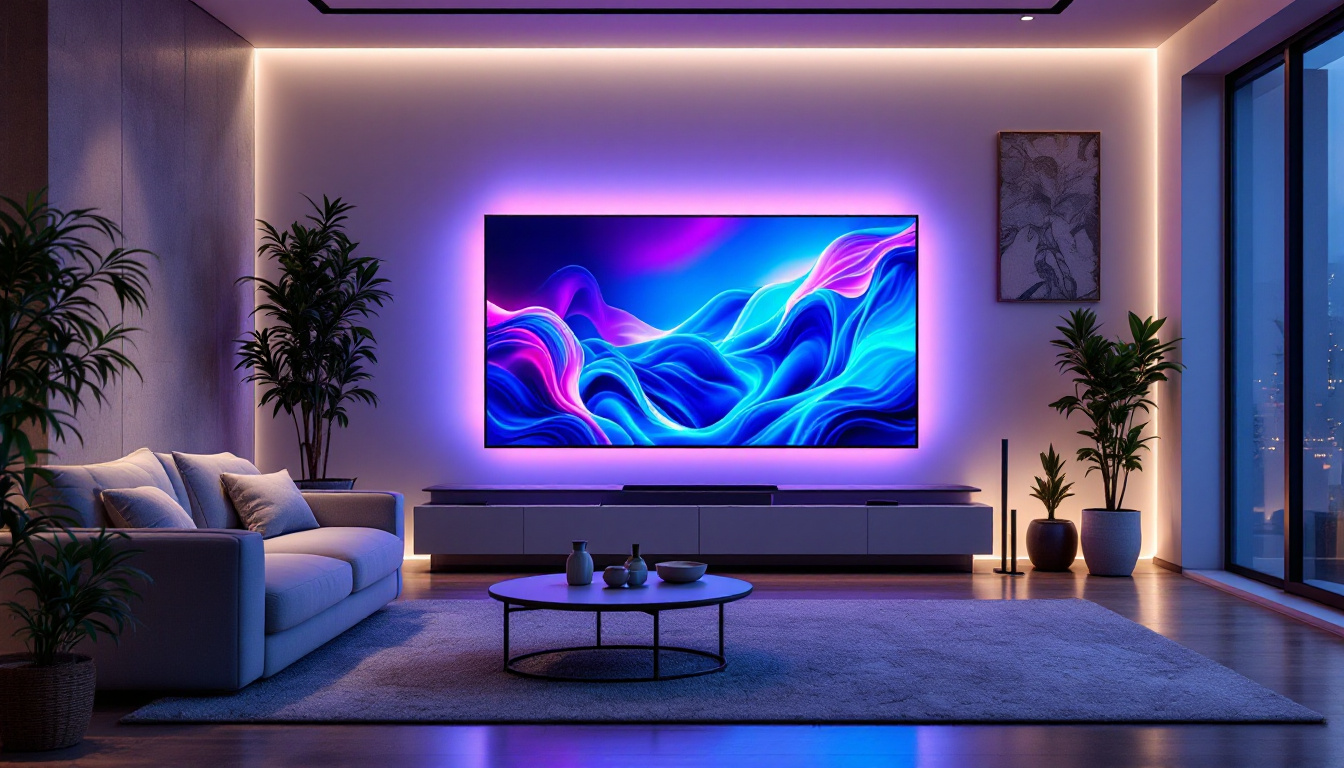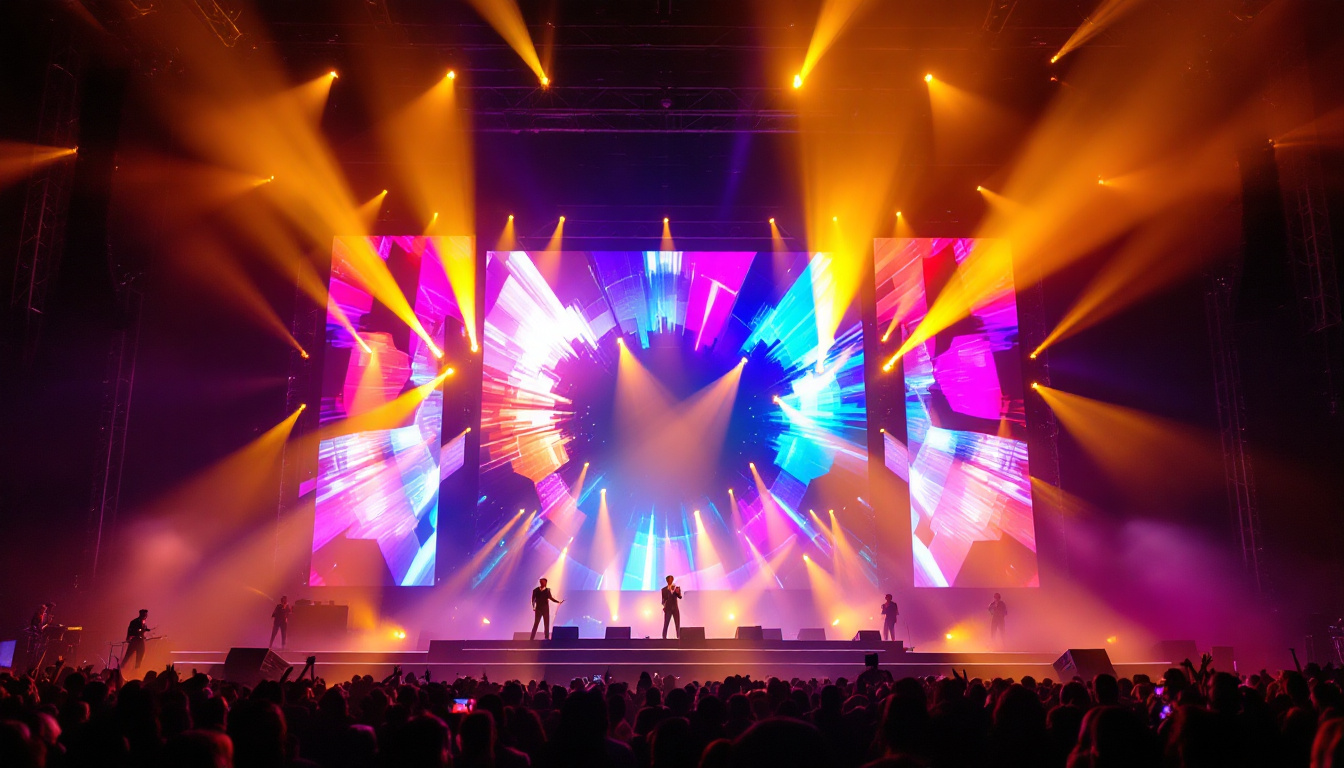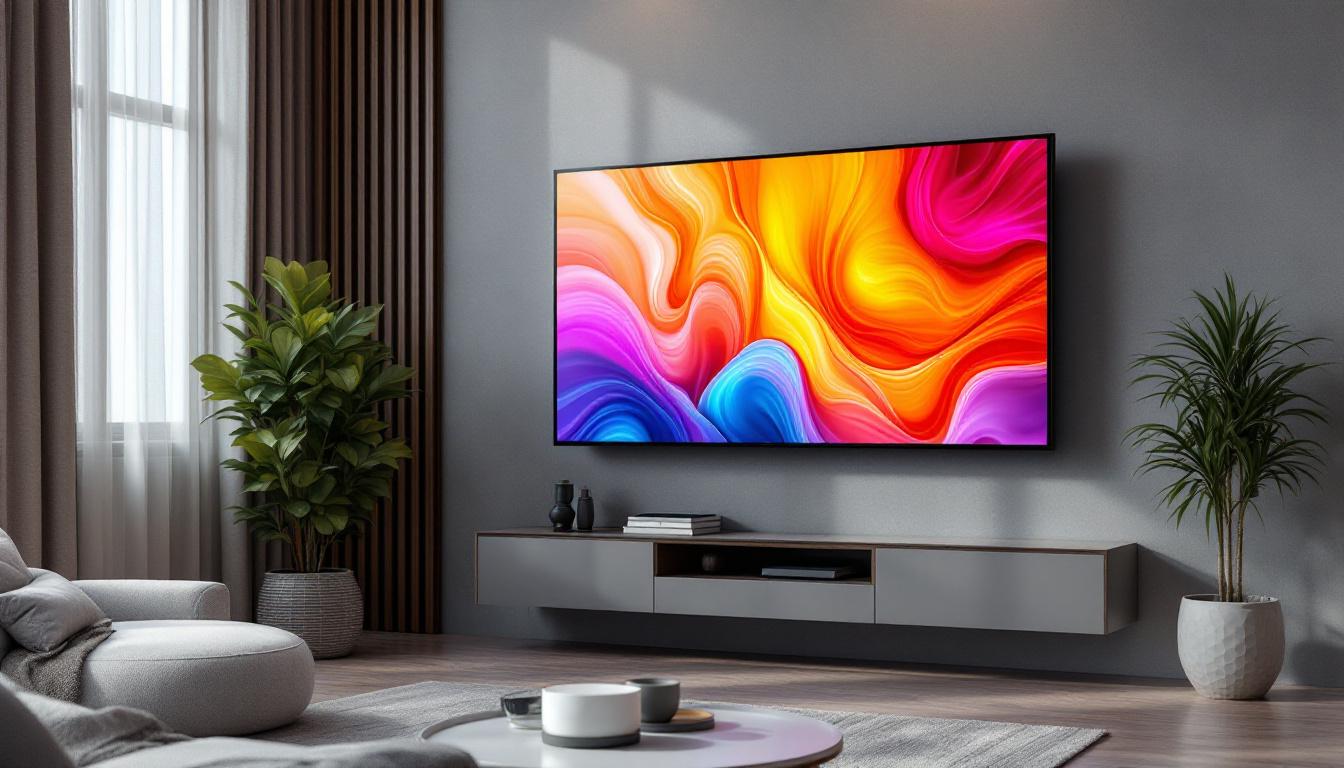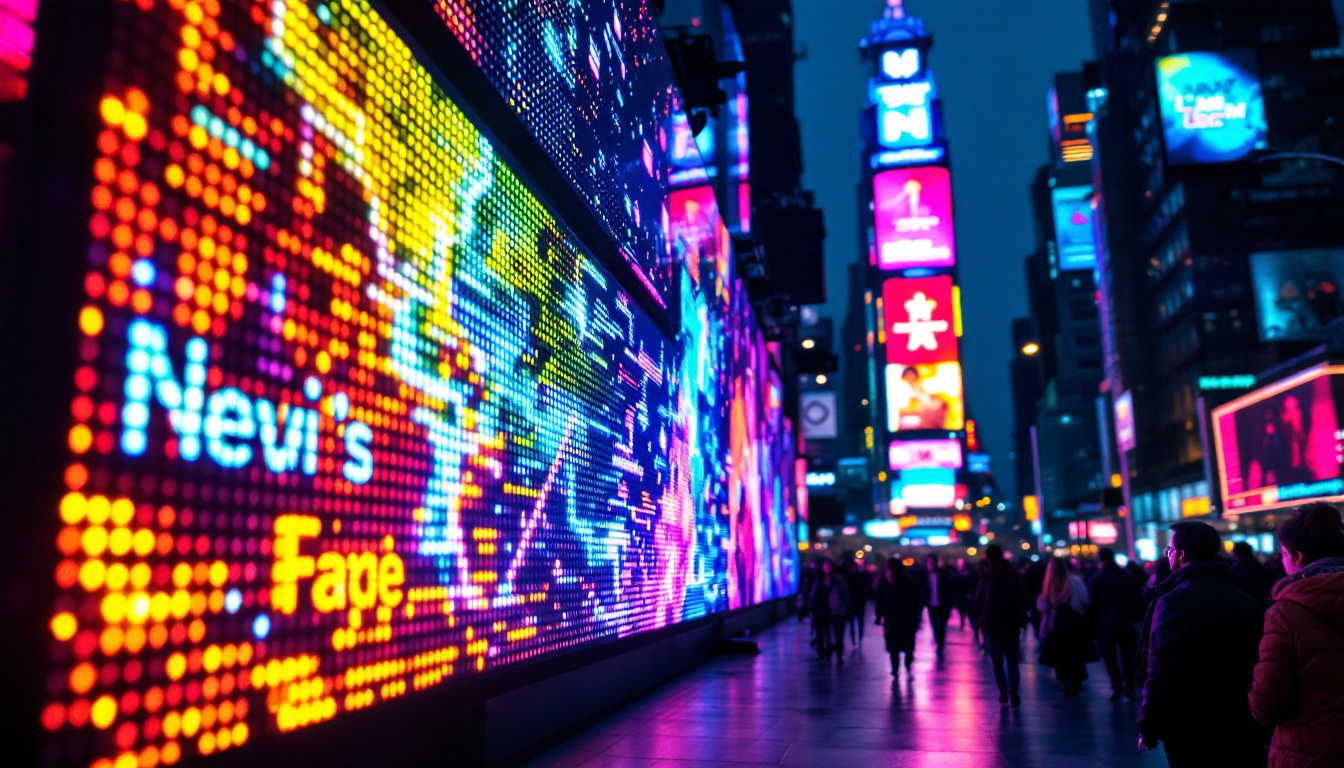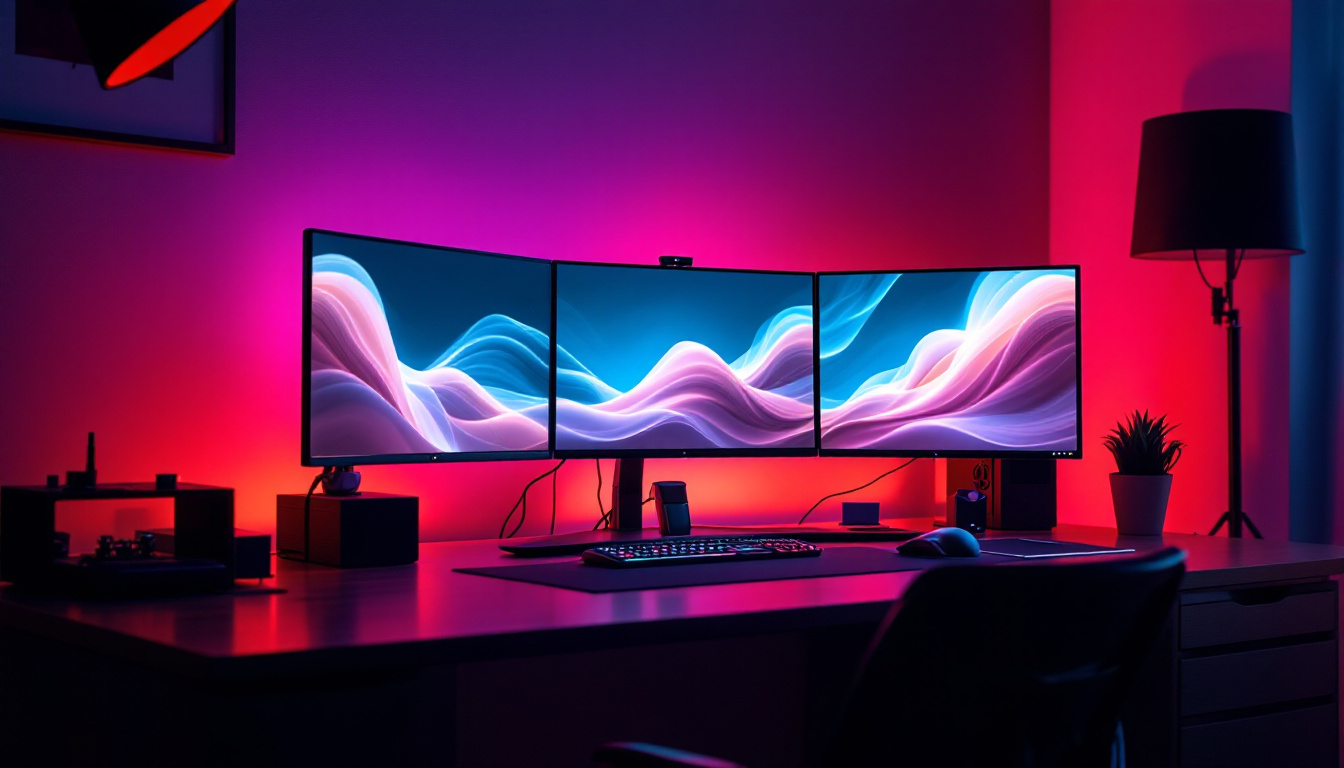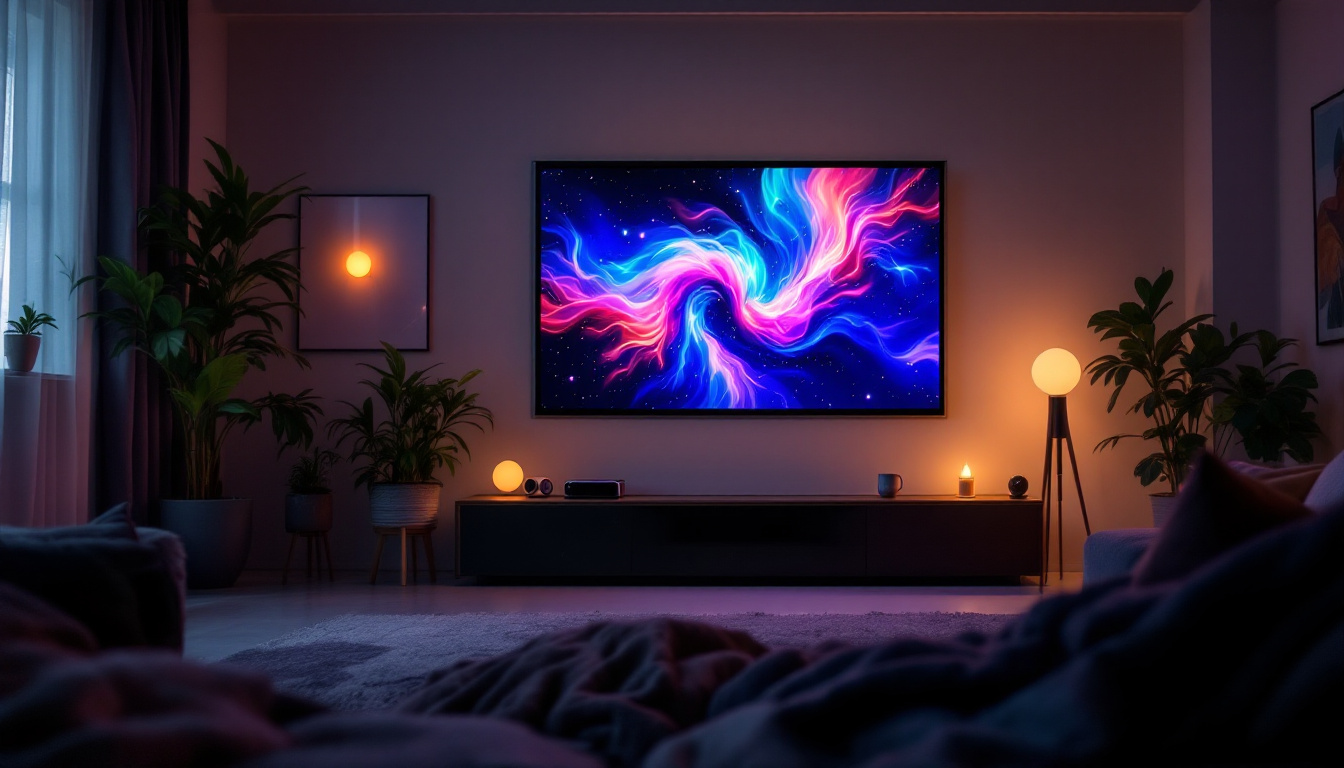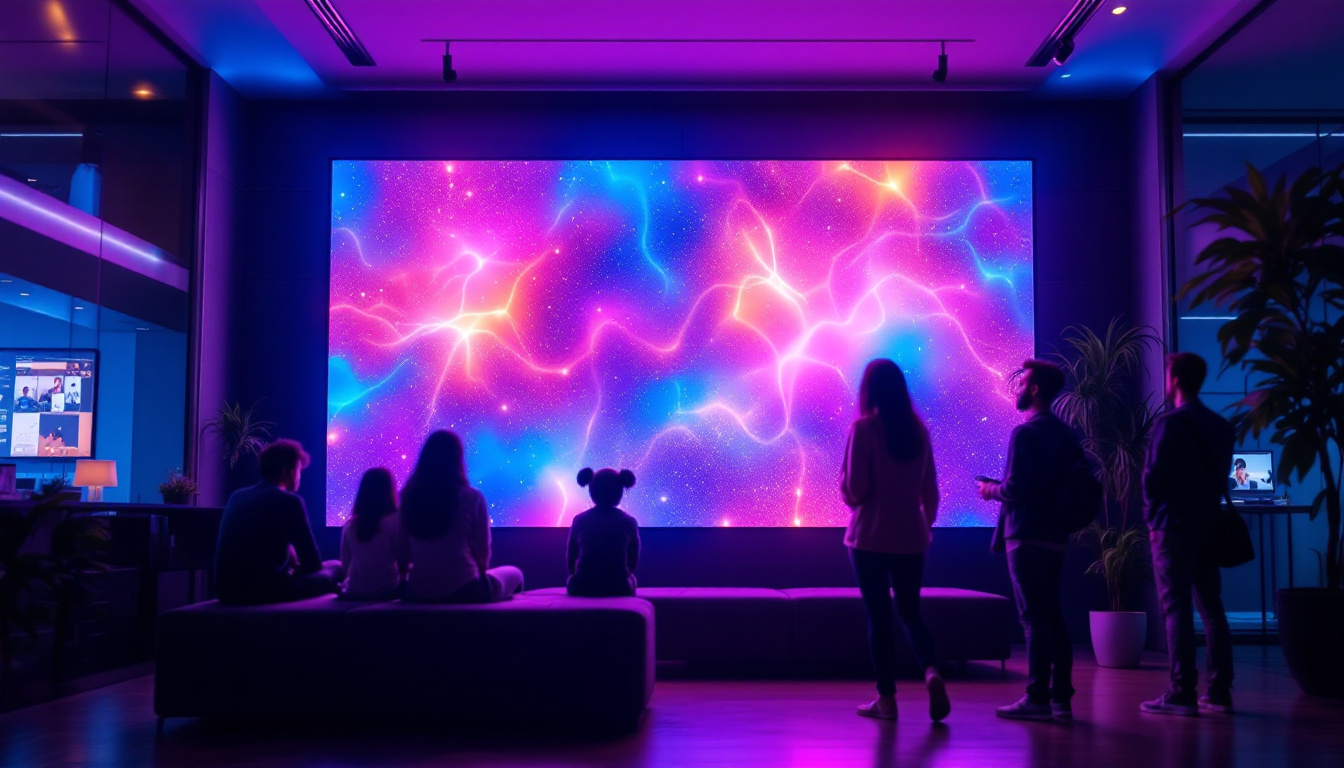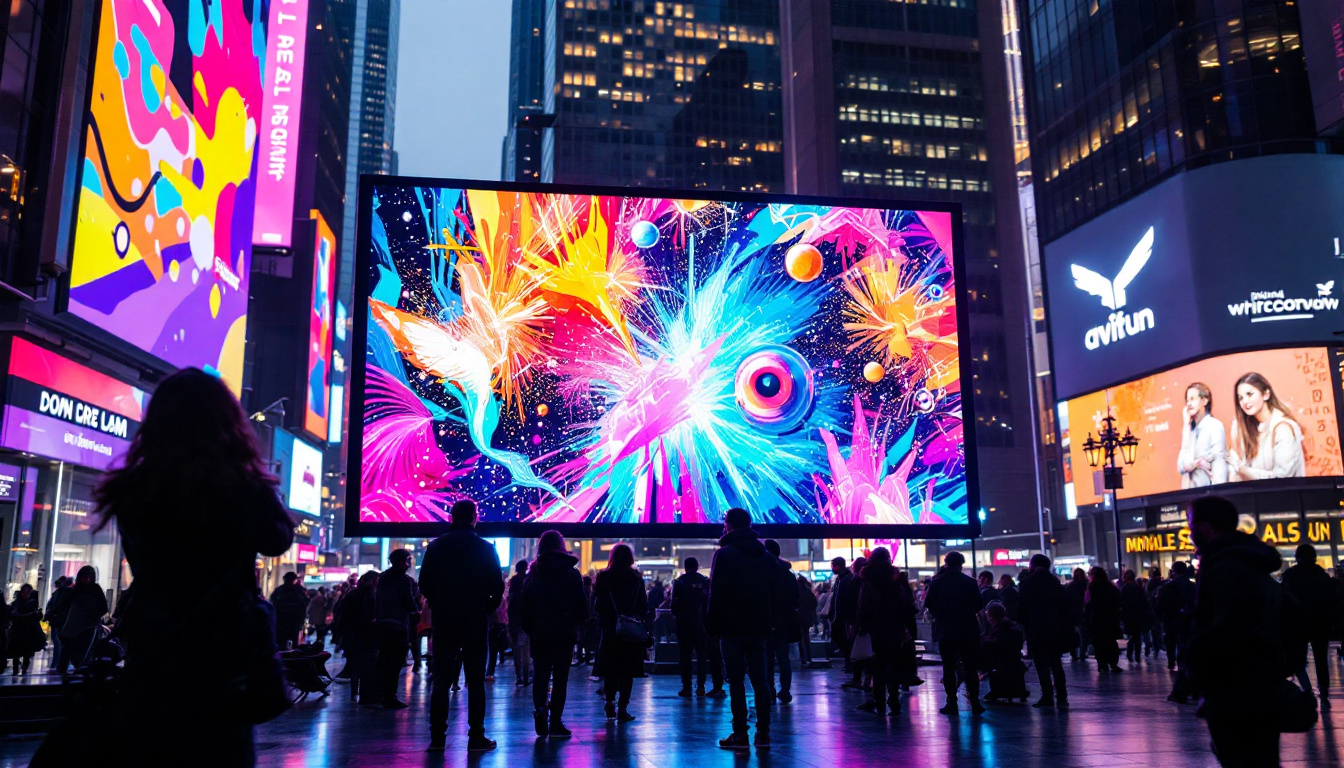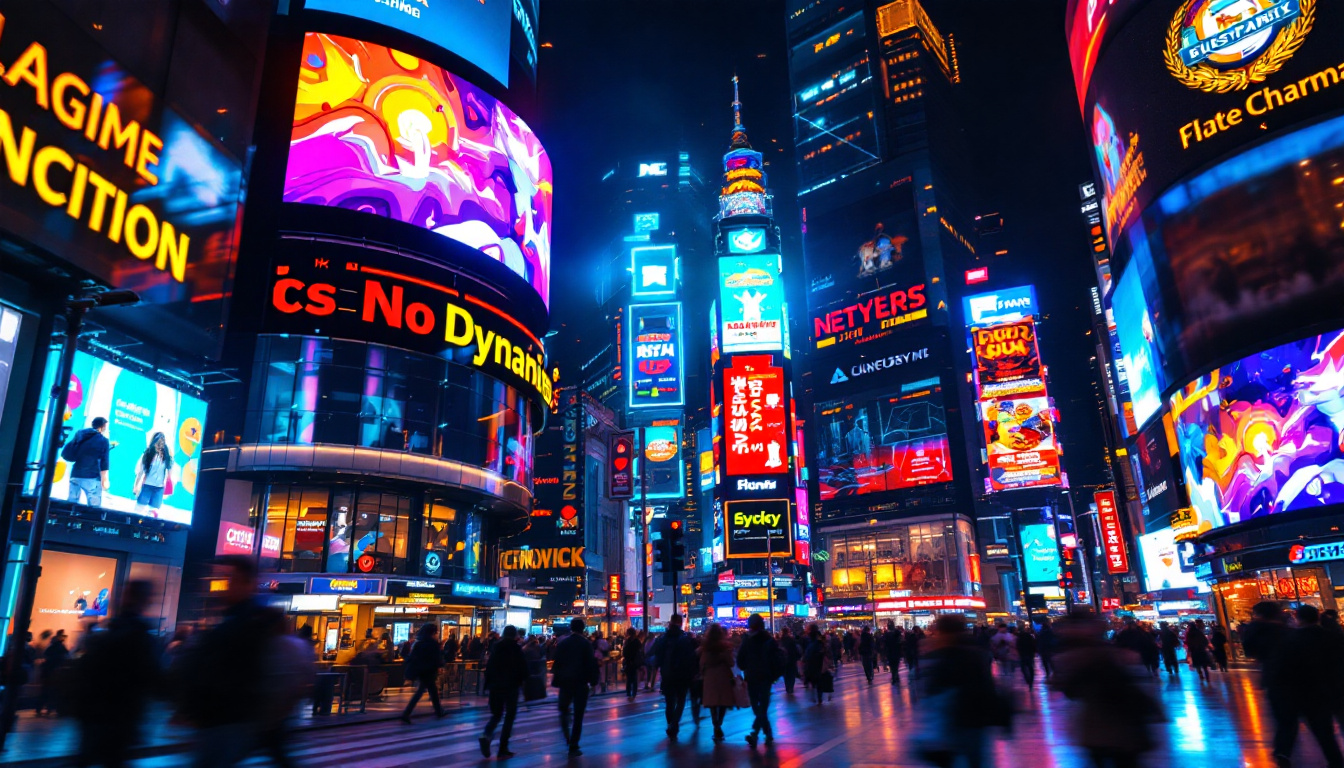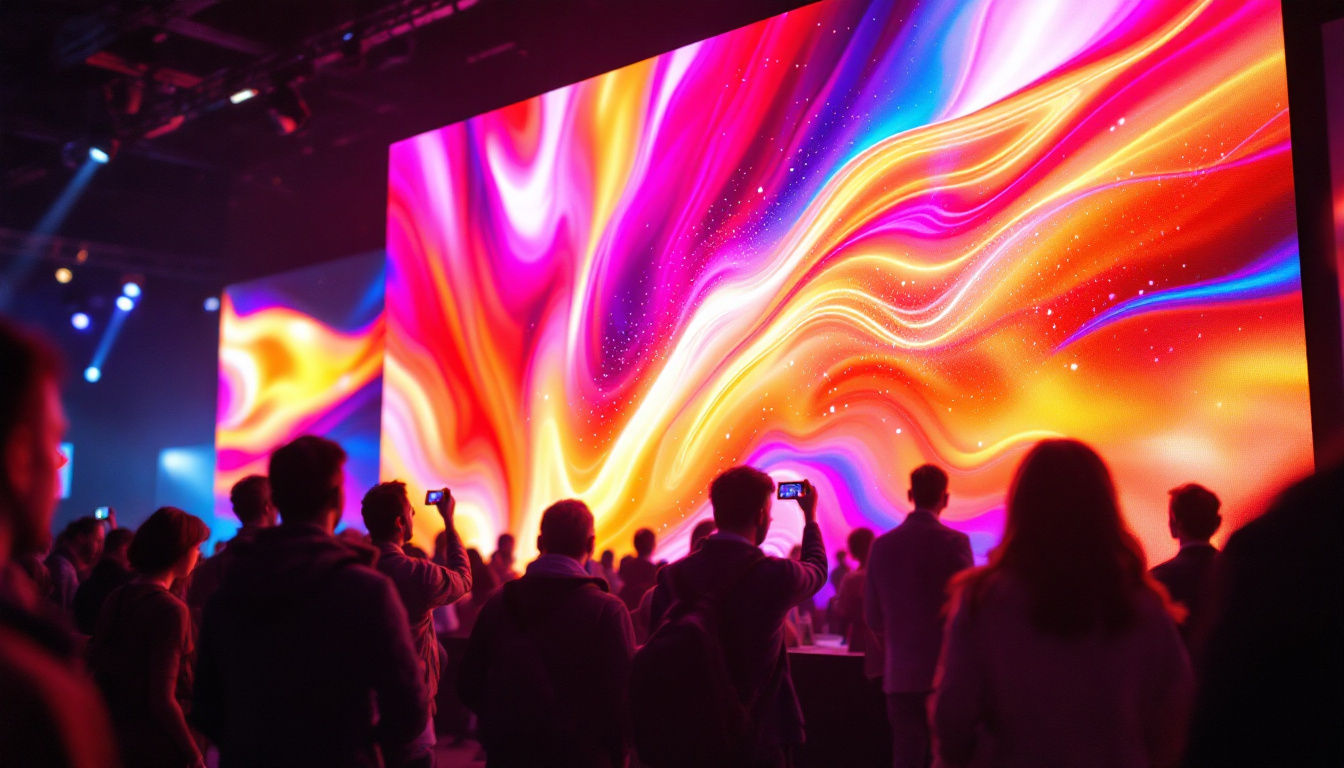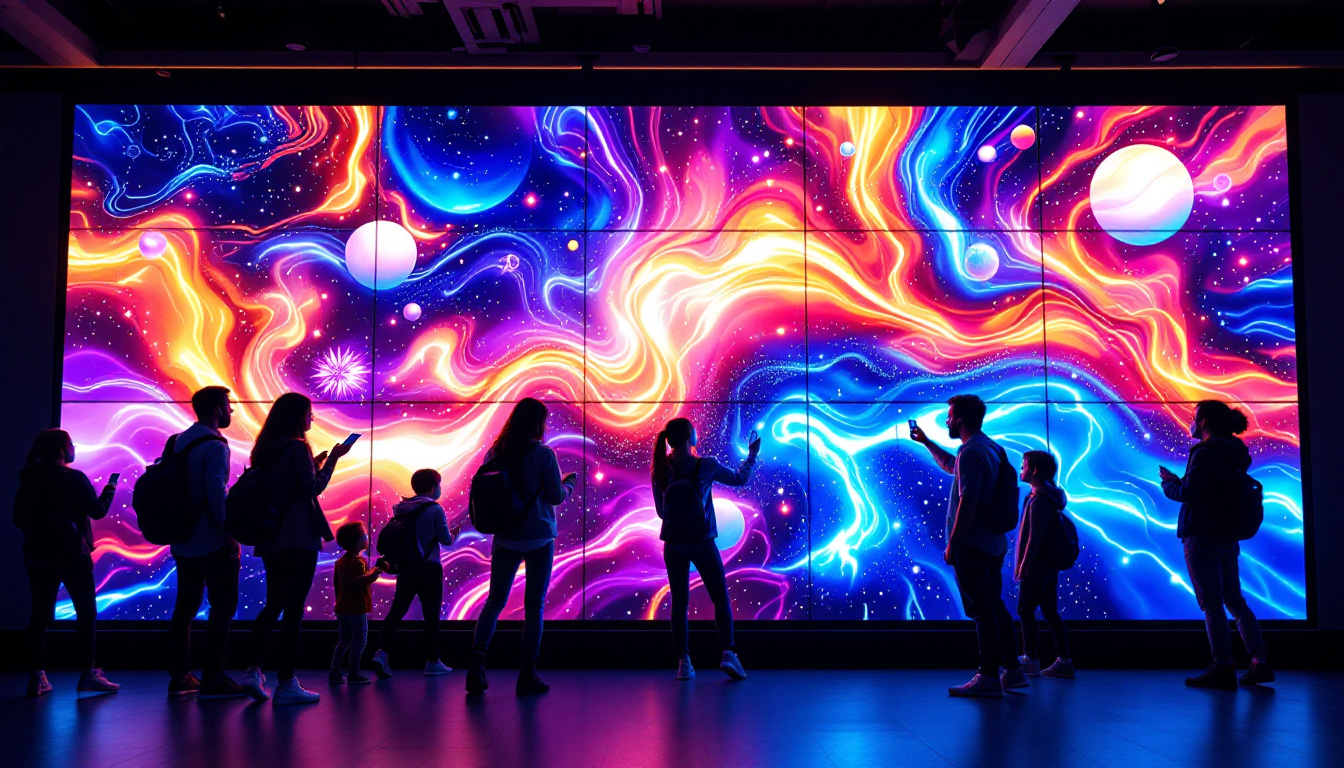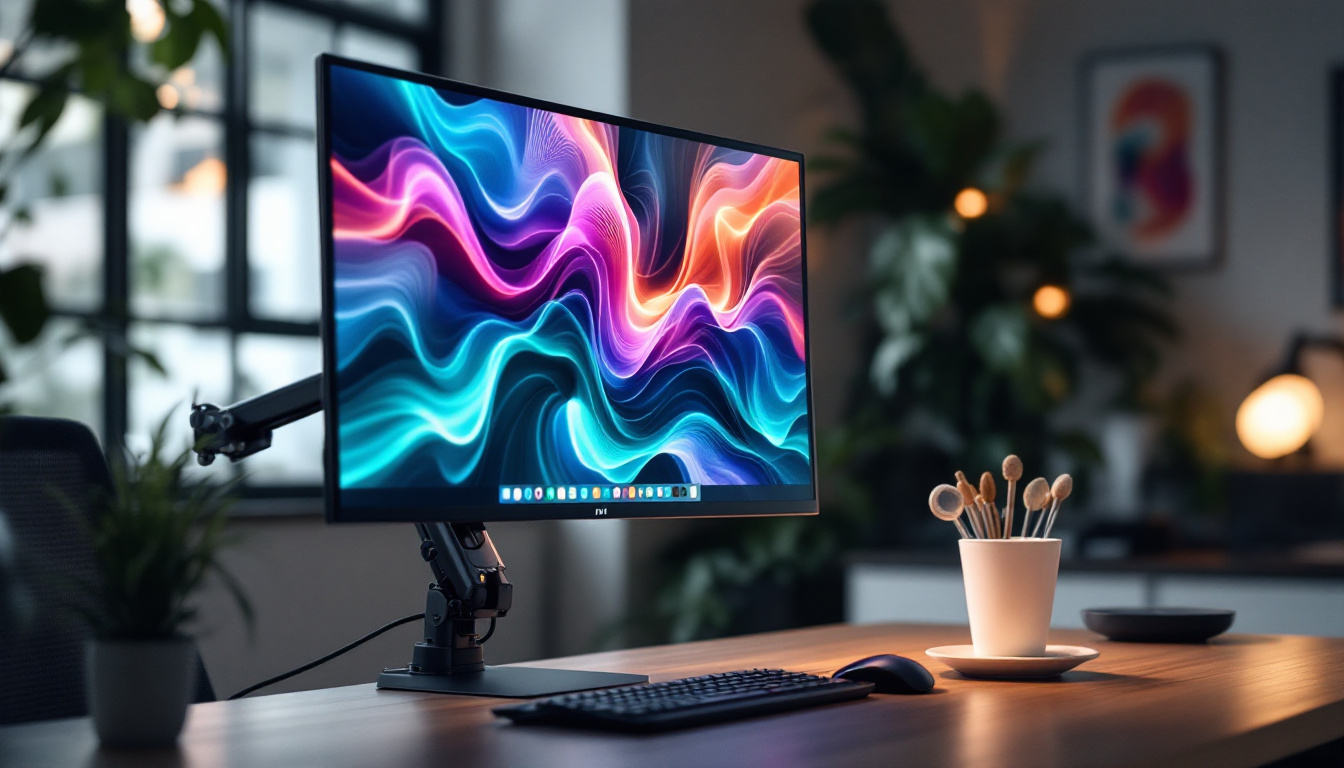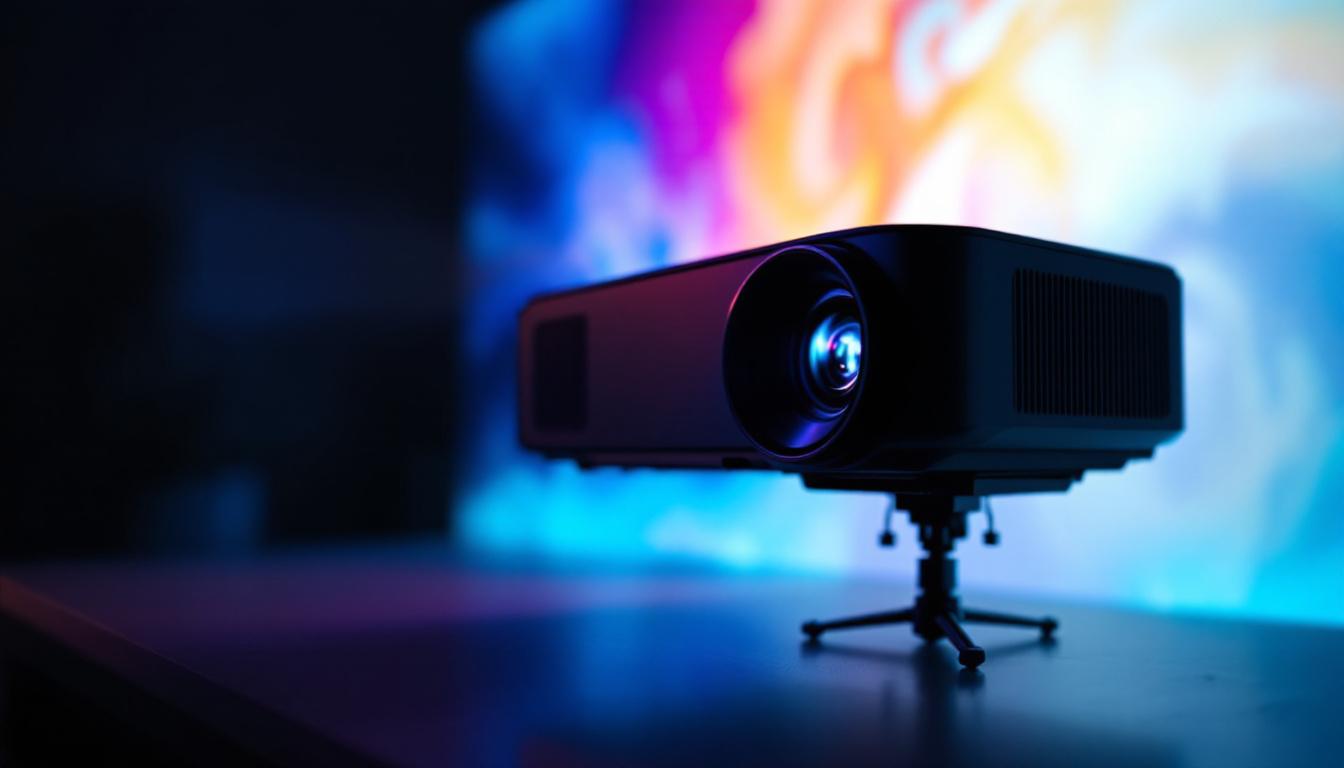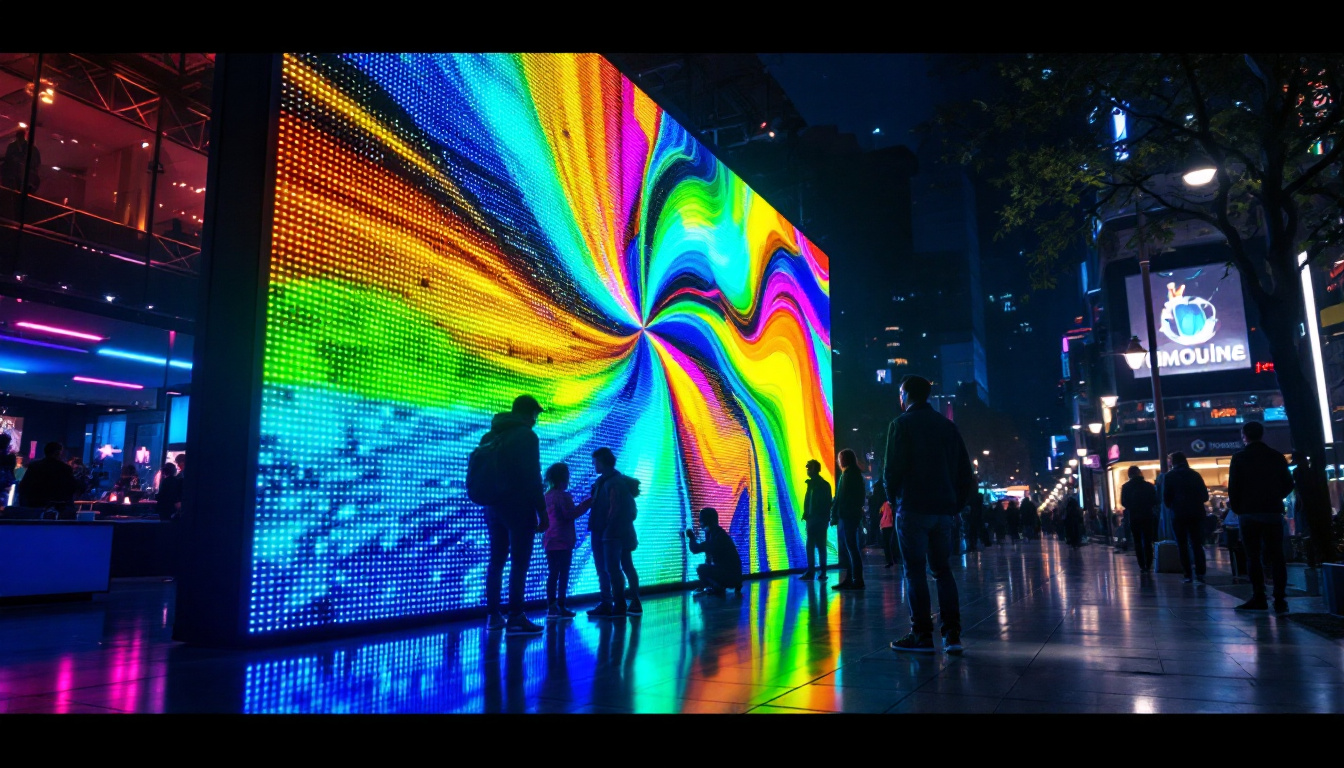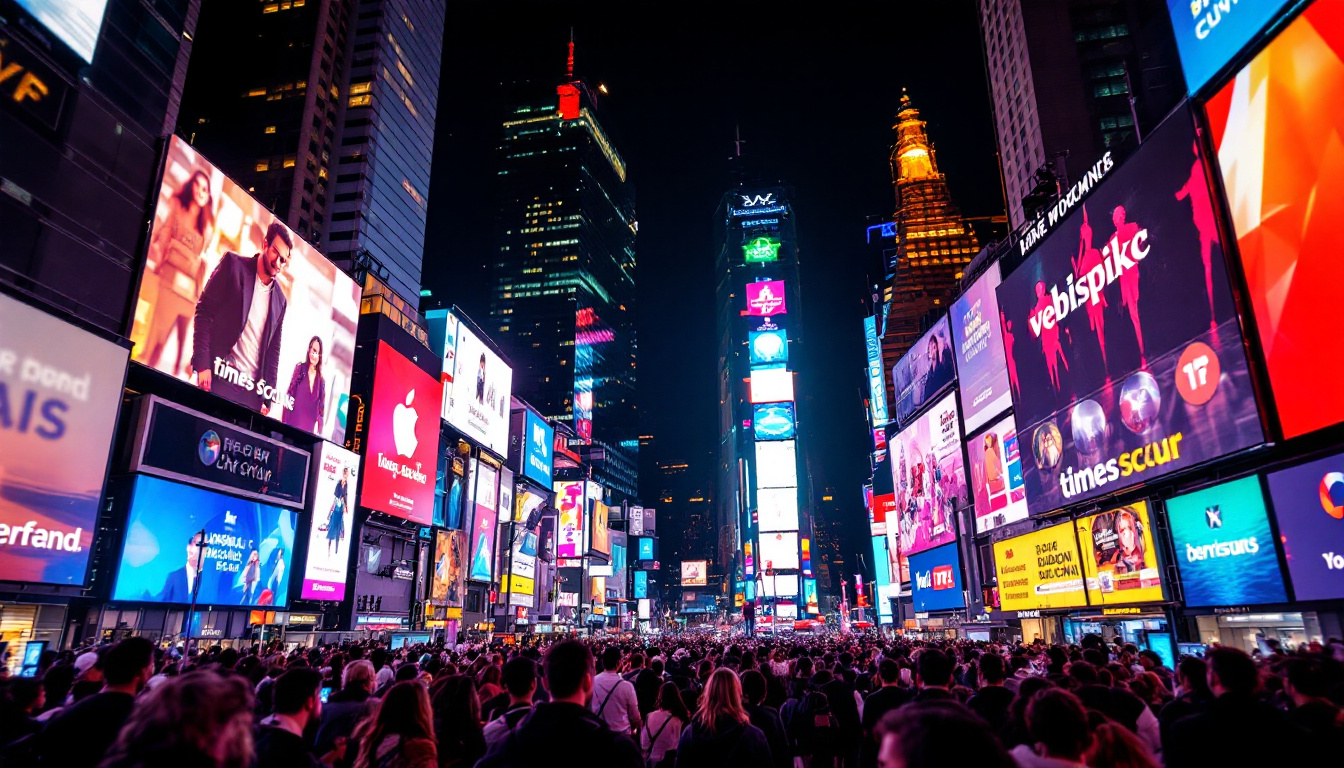In the digital age, video content has become a cornerstone of communication, marketing, and entertainment. With the rise of high-definition displays and the increasing demand for quality visuals, understanding how to change video resolution online is crucial. This article delves into the intricacies of video resolution, particularly in the context of LED displays, and provides insights on how to optimize video for various platforms.
Understanding Video Resolution
Video resolution refers to the amount of detail that a video holds. It is typically measured in pixels, with the most common resolutions being 720p, 1080p, 4K, and 8K. Higher resolutions generally mean more detail and clarity, which is essential for delivering an immersive viewing experience.
The Importance of Resolution
Resolution plays a significant role in how viewers perceive video quality. Higher resolutions can enhance the visual experience, making it more engaging and lifelike. This is particularly important in applications such as gaming, streaming, and professional presentations, where clarity can significantly impact viewer engagement.
Moreover, different platforms and devices have varying requirements for optimal video playback. For instance, social media platforms often compress videos, which can affect resolution. Understanding these nuances helps content creators tailor their videos to meet specific audience needs. Additionally, the rise of virtual reality (VR) and augmented reality (AR) technologies has further emphasized the importance of high-resolution video. In these immersive environments, even minor details can enhance the realism of the experience, making high resolution not just a luxury but a necessity for effective storytelling.
Common Video Resolutions Explained
Video resolutions are categorized based on their pixel dimensions. Here are some of the most common formats:
- 720p (HD): This resolution measures 1280×720 pixels and is often considered the minimum for high-definition content.
- 1080p (Full HD): At 1920×1080 pixels, this resolution provides a significant upgrade in clarity and detail, making it ideal for most viewing experiences.
- 4K (Ultra HD): With a resolution of 3840×2160 pixels, 4K offers four times the detail of 1080p, becoming increasingly popular in streaming and gaming.
- 8K: The latest in resolution technology, 8K measures 7680×4320 pixels, delivering unprecedented detail, though its adoption is still in the early stages.
In addition to these standard resolutions, there are also variations tailored for specific uses, such as 1440p (also known as Quad HD) which measures 2560×1440 pixels, and is often favored by gamers for its balance between performance and visual fidelity. Furthermore, as technology continues to advance, we may see even higher resolutions emerge, pushing the boundaries of what is visually possible. The evolution of display technology, such as OLED and Mini-LED, also plays a crucial role in how these resolutions are experienced, enhancing color accuracy and contrast, which can significantly affect the overall viewing experience.
LED Displays and Their Role in Video Quality
LED (Light Emitting Diode) displays have revolutionized the way video content is presented. These displays are known for their brightness, color accuracy, and energy efficiency, making them a popular choice for both consumer and commercial use. With the increasing reliance on digital media, the importance of high-quality displays cannot be overstated, as they directly impact viewer engagement and satisfaction.
How LED Displays Work
LED displays consist of an array of tiny light-emitting diodes that create images by lighting up in various colors. The technology allows for vibrant colors and high contrast ratios, which enhance the viewing experience. Unlike traditional LCD displays, LED screens can achieve deeper blacks and brighter whites, contributing to a more dynamic range of colors. This capability is particularly beneficial in applications such as gaming and film, where visual fidelity is paramount.
Moreover, LED displays can be configured in various sizes and shapes, making them versatile for different applications, from large outdoor billboards to small handheld devices. This adaptability is a significant advantage in an era where content is consumed across multiple platforms. The modular nature of LED technology also allows for creative installations, such as curved screens and video walls, which can transform spaces and create immersive environments for audiences.
Benefits of Using LED Displays for Video Content
There are several advantages to using LED displays for video content:
- High Brightness: LED displays are exceptionally bright, making them suitable for outdoor use and environments with high ambient light.
- Energy Efficiency: Compared to traditional display technologies, LEDs consume less power, which is beneficial for both cost savings and environmental impact.
- Longevity: LED displays have a longer lifespan, reducing the need for frequent replacements and maintenance.
In addition to these benefits, LED displays also support a wide range of resolutions, including 4K and even 8K, which are becoming increasingly popular in high-end video production. This capability allows content creators to deliver stunning visuals that captivate audiences and provide a more immersive viewing experience. Furthermore, advancements in LED technology, such as the development of microLED and miniLED displays, promise even greater improvements in color accuracy and contrast, pushing the boundaries of what is possible in video quality.
Another noteworthy aspect of LED displays is their ability to integrate with smart technology. Many modern LED screens come equipped with features such as touch sensitivity and connectivity options, allowing for interactive experiences that engage viewers in new ways. This interactivity is particularly valuable in educational settings, where it can enhance learning through dynamic presentations and collaborative activities. As the demand for innovative content delivery methods continues to grow, LED displays will undoubtedly play a crucial role in shaping the future of video consumption.
Changing Video Resolution Online
With the increasing demand for high-quality video content, the ability to change video resolution online has become essential for content creators. Various tools and platforms allow users to adjust video resolution easily, ensuring compatibility with different devices and platforms. This flexibility is crucial in a digital landscape where viewers access content on a myriad of devices, from smartphones to large-screen televisions, each requiring different resolutions for optimal viewing experiences.
Why Change Video Resolution?
Changing video resolution can serve multiple purposes. For instance, reducing the resolution can help decrease file size, making it easier to upload and share videos on platforms with strict size limits. Conversely, increasing resolution can enhance video quality for larger displays. Additionally, adjusting resolution can also improve playback performance on slower internet connections, allowing viewers to enjoy content without buffering interruptions.
Moreover, different platforms have specific resolution requirements. For example, YouTube recommends 1080p for optimal quality, while Instagram supports various resolutions depending on the format. Understanding these requirements can help creators tailor their content for maximum impact. Furthermore, by optimizing video resolution, creators can engage their audience more effectively, as high-quality visuals are often more appealing and can lead to higher viewer retention rates.
Popular Online Tools for Resolution Adjustment
Several online tools enable users to change video resolution without the need for complex software. Here are a few popular options:
- Online Video Converter: This tool allows users to upload videos and select their desired resolution before downloading the converted file. It supports a wide range of formats, ensuring versatility for different types of content.
- Clideo: Clideo offers a user-friendly interface for resizing videos, making it easy for anyone to adjust resolution without technical knowledge. In addition to resolution changes, Clideo provides various editing features, such as trimming and merging, which can enhance the overall quality of the video.
- Kapwing: With a focus on collaboration, Kapwing allows users to change video resolution and edit content directly in the browser. Its cloud-based platform means that multiple users can work on a project simultaneously, making it an ideal choice for teams looking to produce high-quality video content efficiently.
In addition to these tools, many platforms also offer built-in options for adjusting video resolution during the upload process. This can be particularly useful for creators who want to ensure their videos meet the specific requirements of each platform without the need for external software. As technology continues to evolve, the importance of video resolution will only grow, making it essential for creators to stay informed about the best practices and tools available for optimizing their content.
Best Practices for Video Resolution Adjustment
When changing video resolution, adhering to best practices can help maintain quality and ensure compatibility across platforms. Here are some key considerations:
Maintain Aspect Ratio
One of the most critical aspects of changing video resolution is maintaining the aspect ratio. The aspect ratio refers to the relationship between the width and height of a video. If the aspect ratio is altered during resolution changes, it can lead to distorted images and an unpleasant viewing experience.
Most common aspect ratios include 16:9 for widescreen and 4:3 for standard displays. When adjusting resolution, it is essential to keep these ratios in mind to preserve the integrity of the video content.
Test Across Devices
Before finalizing a video, it is advisable to test it across various devices and platforms. Different screens may display videos differently, and what looks good on one device may not translate well to another. Testing ensures that the video maintains its quality and appearance, regardless of where it is viewed.
Conclusion
As video content continues to dominate the digital landscape, understanding how to change video resolution online is essential for creators and marketers alike. LED displays have transformed the way video is consumed, offering vibrant colors and high clarity that enhance viewer engagement.
By utilizing online tools and adhering to best practices, content creators can optimize their videos for various platforms, ensuring that their message is delivered effectively. Whether it’s for social media, streaming, or professional presentations, mastering video resolution is a vital skill in today’s visual-centric world.
In conclusion, the ability to adjust video resolution not only improves the quality of content but also enhances the overall viewer experience. As technology continues to evolve, staying informed about these changes will empower creators to produce compelling and visually stunning videos that resonate with their audience.
Explore Cutting-Edge LED Display Solutions
Ready to elevate your video content with unparalleled clarity and vibrancy? Discover LumenMatrix’s innovative LED display technology, crafted to transform your visual storytelling and captivate your audience. From Indoor and Outdoor LED Wall Displays to specialized solutions like Vehicle and Sports Displays, LumenMatrix offers a diverse range of products designed to make your brand shine. Experience the future of visual communication with our All-in-One and Custom LED Displays, and see how our LED Transparent Displays can revolutionize your space. Check out LumenMatrix LED Display Solutions today and join the revolution in high-impact digital signage.

